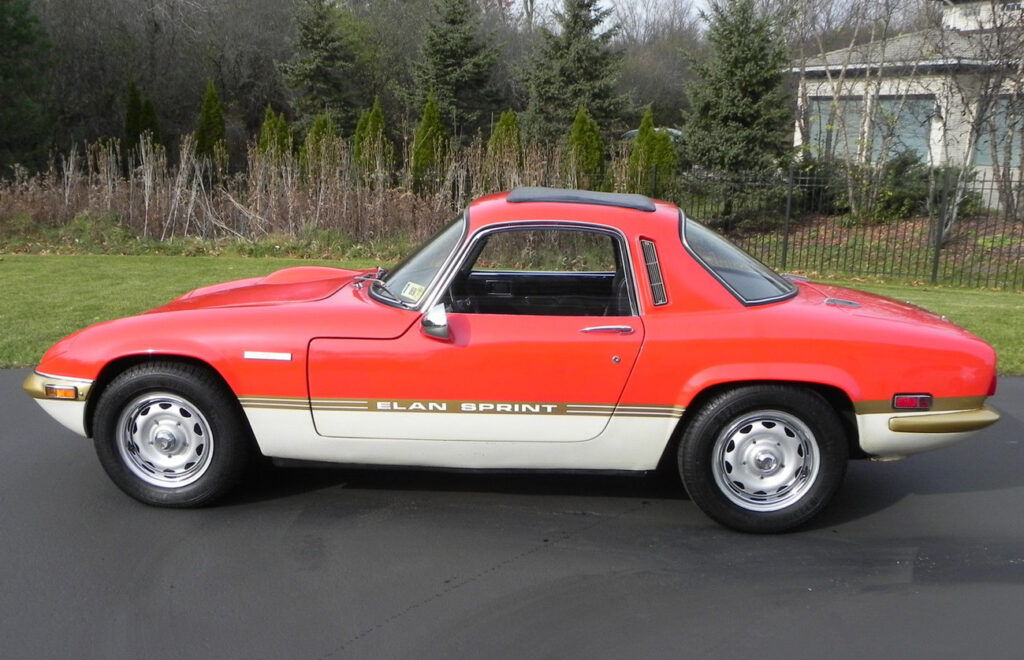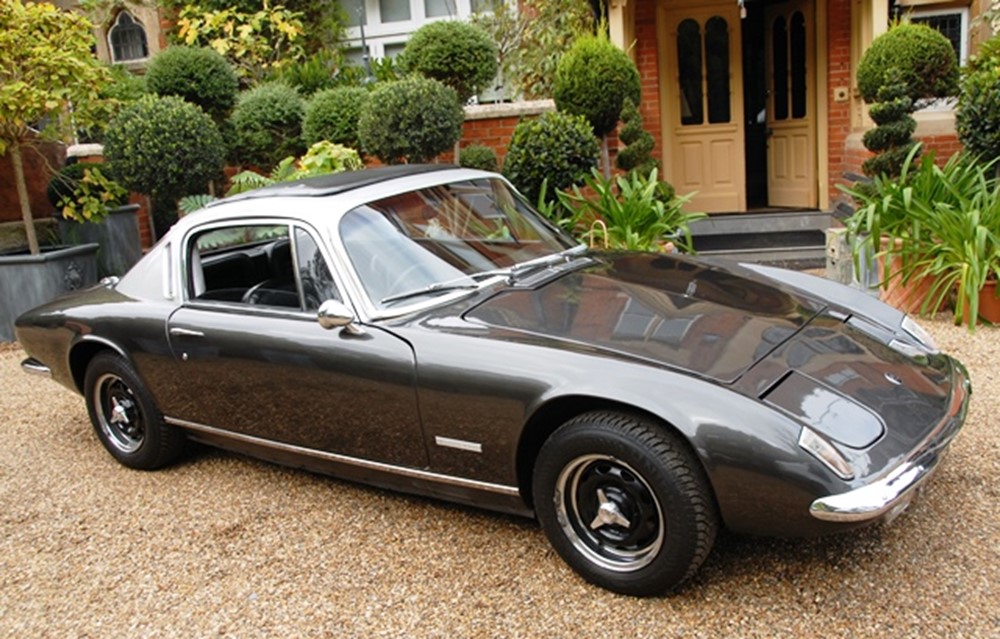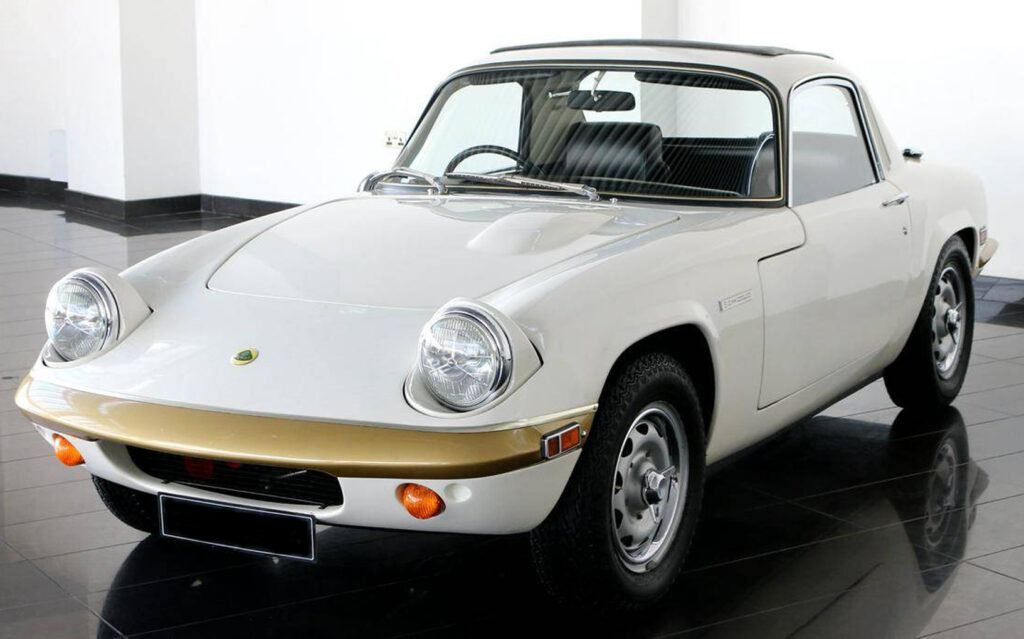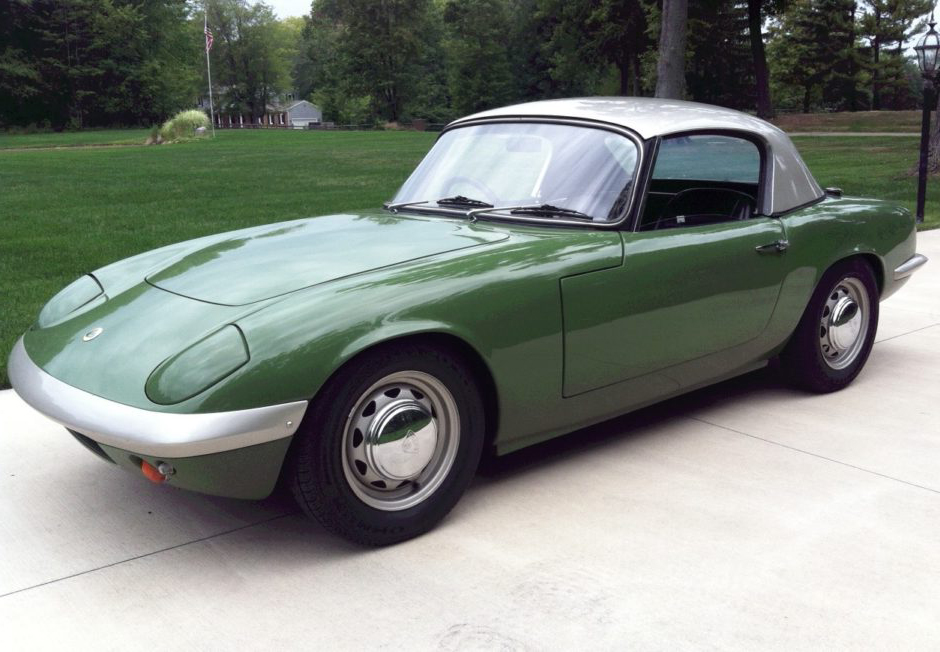The lightweight Lotus Elan had a heavy influence on sports cars, says Jules Christian
Having been involved in motoring journalism for more years than I’d care to remember, you get to drive all sorts of vehicles, from the completely exotic to the absolutely mundane.
Inevitably some stand out more than others and one of those for me was not in the supercar group of an AC Cobra, Lamborghini Miura, Porsche 959 or Ferrari 512BB, but a little 1960s sports car called the Lotus Elan.
The original Elan was designed by Colin Chapman, the owner of Lotus Cars and a successful racing car builder, whose revolutionary thinking in automotive design included introducing aerodynamics and the mid-engine layout, which won him seven Formula 1 constructor titles between 1962 and 1978.
With an aeronautical engineering background, he is accredited with applying to both motor-racing and production car design, his famous basic philosophy: “Adding power makes you faster on the straights. Subtracting weight makes you faster everywhere.”
It was this approach that was applied to the first Lotus Elan roadster, which in 1962, with its steel chassis and plastic fibreglass body was an incredible 250kg lighter than, for example, an MGB or Sunbeam Alpine in the day. It was also far more technically advanced, initially with a 1,558cc engine and then almost immediately with a 1,600, upgraded with the famous Lotus twin cam head. It had disc brakes all round, rack and pinion steering and four-wheel independent suspension with additional supporting rear struts, which he invented and are used on most cars today.
A pioneer of monocoque construction – a bodyshell with sub-frames added on – Chapman designed the bodyshell of the Elan to be an integral part of the stress structure of the car, so that although it had a chassis, the strength of the car was spread throughout the vehicle. The result was a true driver’s sports car that had exceptional handling, roadholding, steering, acceleration, braking and comfort.

In such a small light car, the performance by 1967 and the SE Sprint model was outrageous. With over 125bhp and 0-60mph (0-96km/h) in around 6.5 seconds, it could easily outflank, up to about 90mph (144km/h), most supercars of the day. On open country roads it was a dream with incredibly positive steering, balance and excellent gear ratios. You just could not believe the speed at which you could take corners on a road you knew well. The Elan basically seemed to defy logic and gave you an adrenalin buzz every time you drove it.
During its 11-year production run, the Lotus Elan was subtly upgraded with a better interior and increased performance, with little done to its rust free body shell. As well as the roadster with optional removable hardtop, there were Coupe versions and SE (Special Equipment) editions. There was also the stylish and more luxurious, but not so popular, +2 model.
The legacy of the original Lotus Elan lives on, with many of its highly respected engineering innovations reflected in the cars of today. The rebirth of the small sports roadster in the 1990s, for example, with the introduction of the Honda MX5, owed much of its inspiration to this little Lotus British Classic. Respect indeed, when the designer of the McLaren F1 supercar, Gordon Murray, said that his only disappointment with the F1 was that he could not give it the perfect steering of the Lotus Elan.













